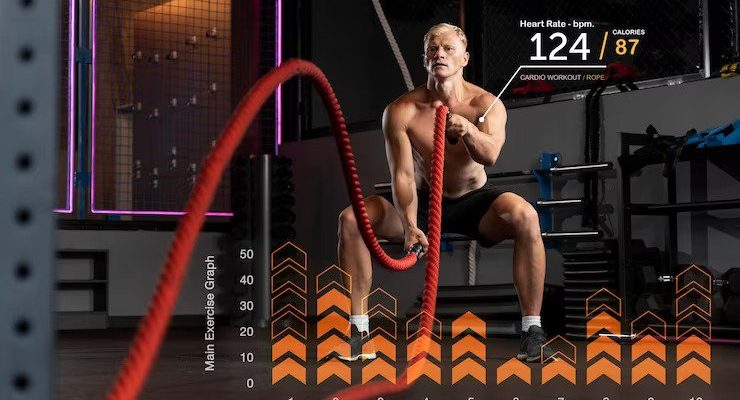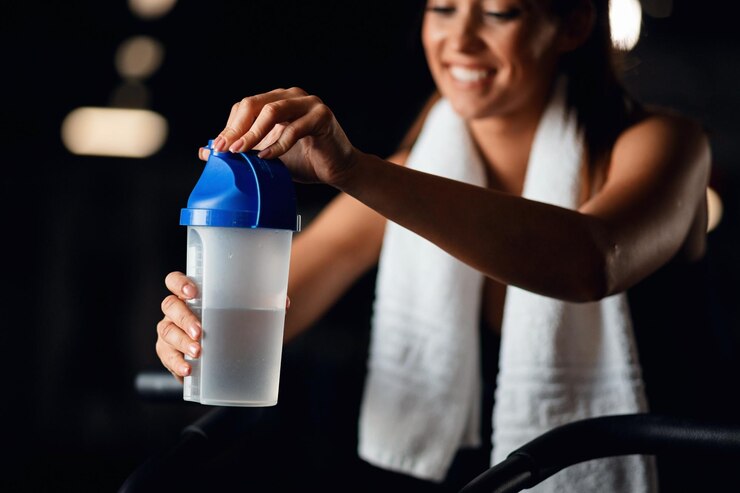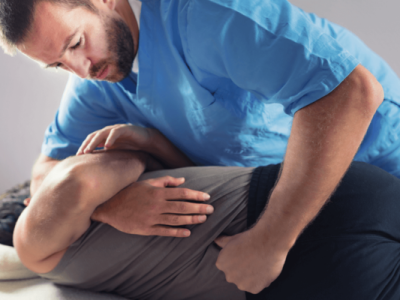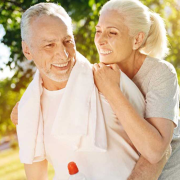
You’ve just got back from the gym after an intense workout, and you feel it. That twinge in your leg, your stomach, or your arm which means that you’ve overdone it. Come tomorrow, that’s going to be sore!
Post workout soreness is exceedingly common and is due to the buildup of something called lactic acid in the muscles, creating that soreness that feels oddly good to gently rub. It can also put people off of exercise, so it needs to be handled properly to ensure that your workout is not disturbed in the weeks to come.
How can you manage that soreness? Here are some tips that can help!
1. Compression
Many people find that for soreness around joints, compression can help. Bearhug compression supports can be ideal for offering support to overworked knees, ankles, and elbows, reducing inflammation and allowing you to recover quicker.
Just remember that you don’t want the compression to be too tight, as this can cut off circulation and may lead to issues with clots. So, any compression that you wear should be either a compression sock or tied loosely enough that you can fit two fingers under it with tension.
2. Hydration
Most hardcore workouts are going to have you gulping down the water. So, to prevent soreness, make sure you are hydrated.
When you exercise to the point of soreness, this creates a build-up of lactic acid in the muscles, which is moved on with the help of water. Try to avoid dehydrating drinks like soda, coffee, and some energy drinks, as these can worsen the soreness in the muscles and promote sweating, which is the last thing you need when you are dehydrated and sore.
3. Massage
Massage can help with post-workout soreness, but only apply the amount that feels comfortable. If it becomes unbearable, stop!
For most people, simply taking some lotion or oil and gently rubbing the area over the sore muscle for a few minutes will suffice. Again, this helps with the breakdown of lactic acid and helps to increase blood flow to the area, relieving inflammation and tension.
If, however, you aren’t sure how to massage a sore knee, ankle, or tendon, it may be worth visiting a sports massage therapist. They can alleviate the soreness for you in your session with them and will also advise you on how to massage sore muscles at home for different body parts.
4. Ice And Heat
Ice and heat have a huge role in helping muscles to recover from those intense workouts. If the area feels a bit swollen, apply an ice pack for around 20 minutes, three times a day. Once the swelling has begun to dissipate, apply a warming pad to the area. Much like the massage, this will stimulate the blood flow and will help to reduce inflammation.
5. Medication
Lastly, you may need to take some over-the-counter pain relievers. These can ease the discomfort and will also aid in the reduction of any swelling. For most people who have pulled a muscle, simply taking some ibuprofen can be helpful. So, make sure to stock up on it!
Read Also:













